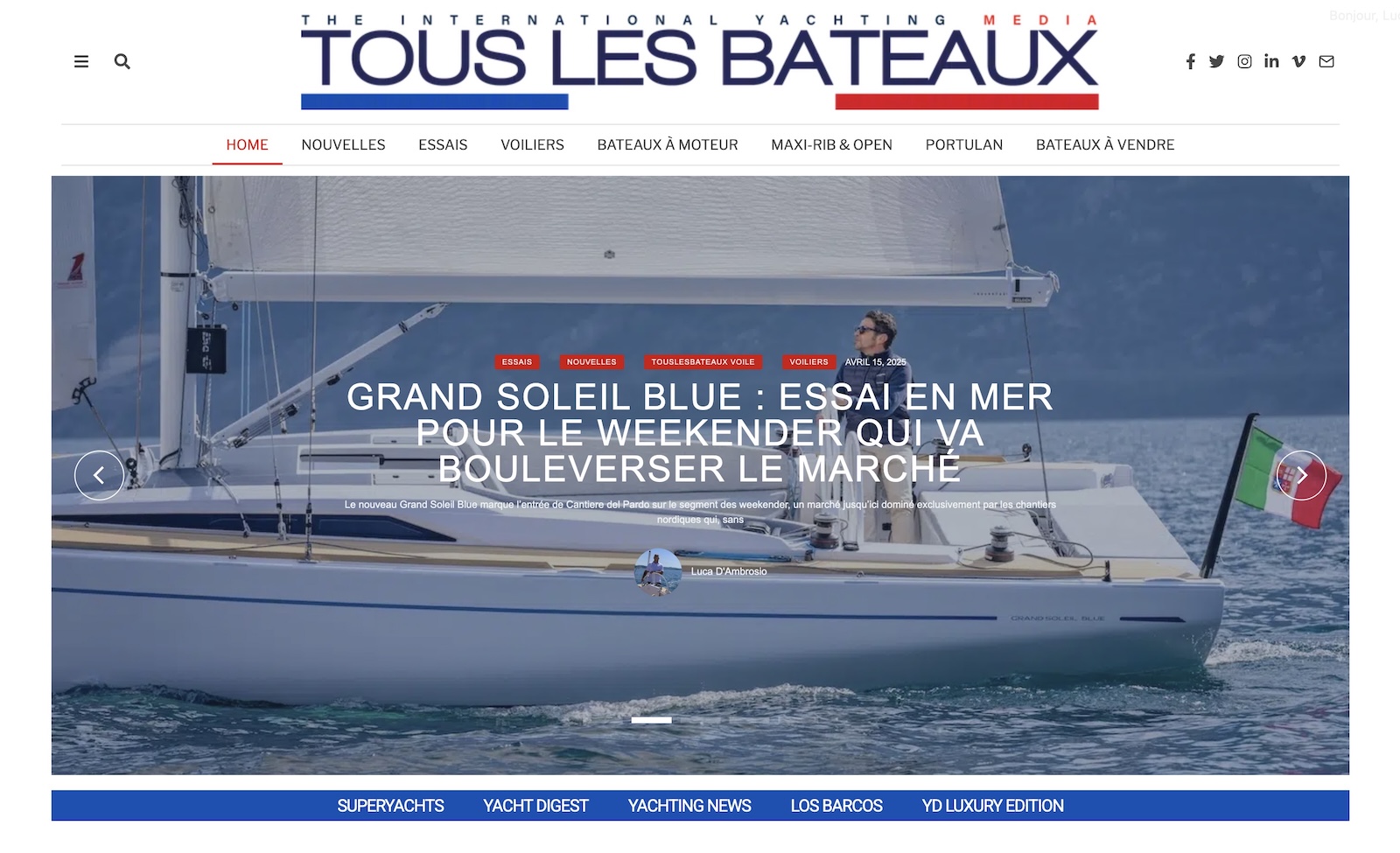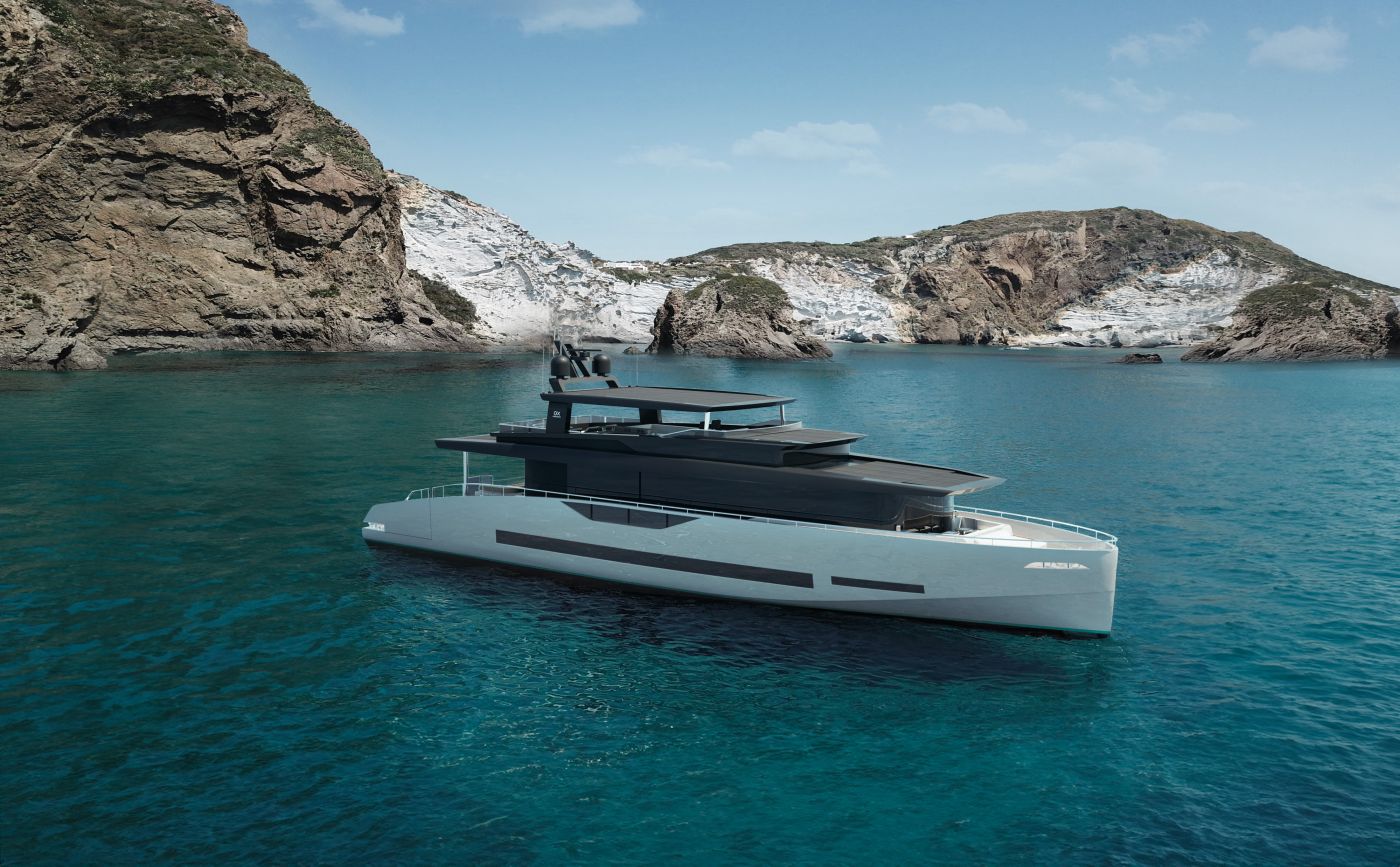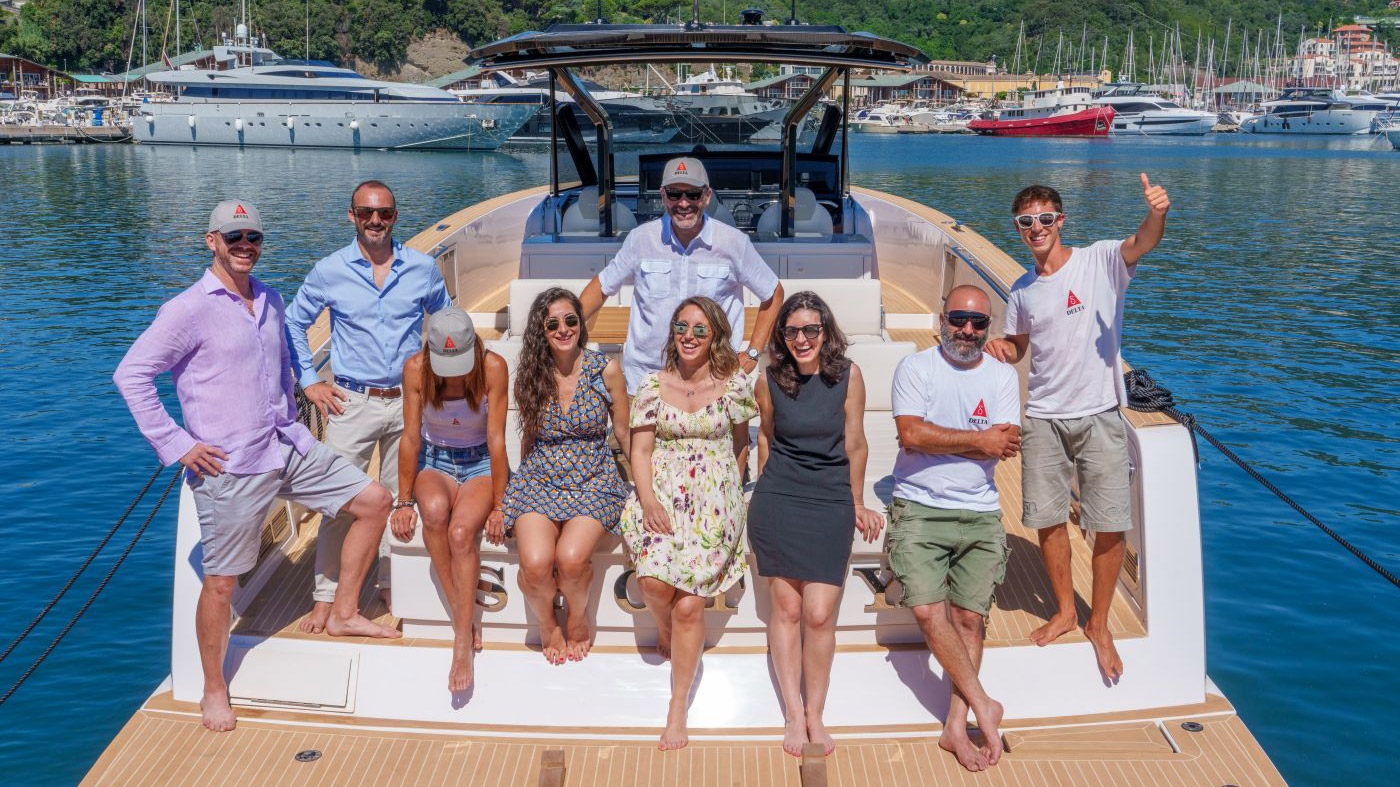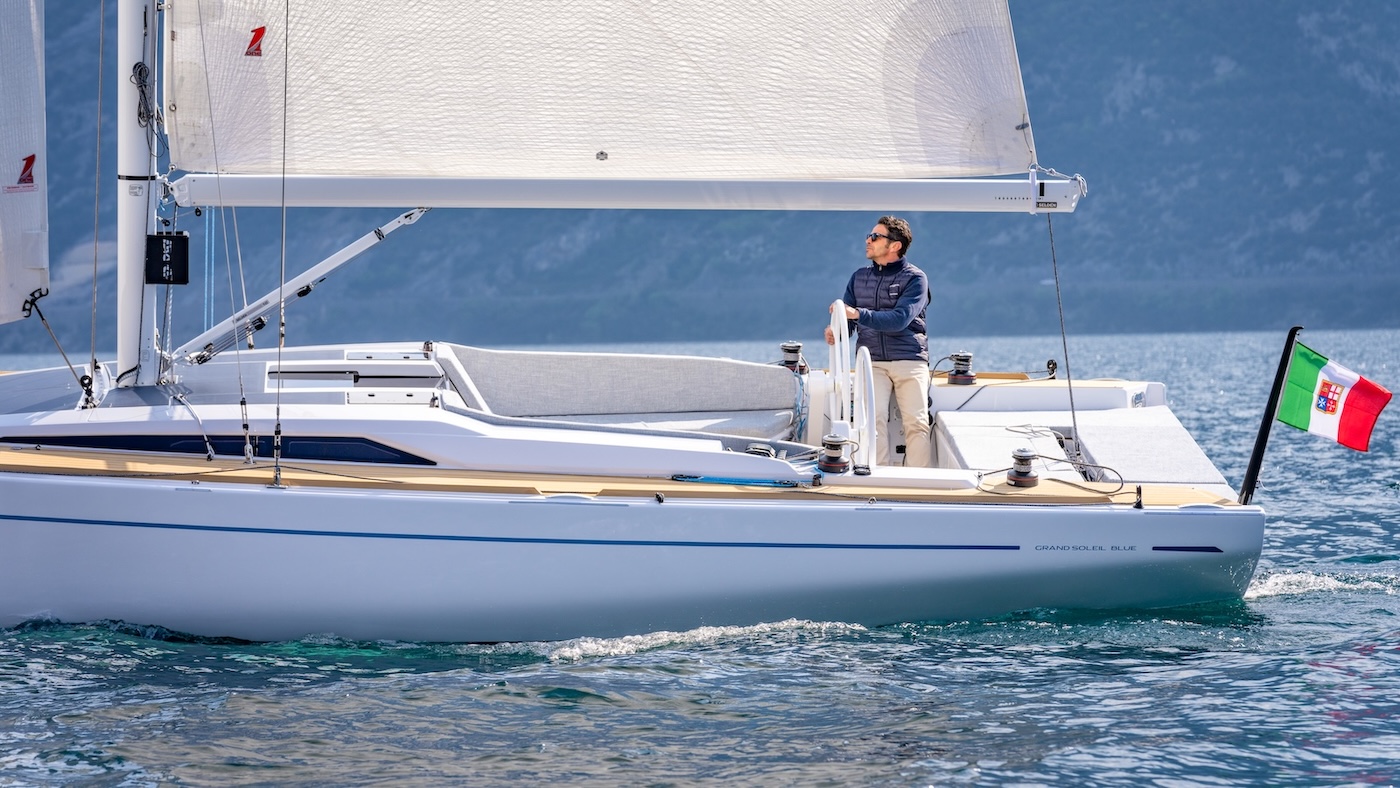
It often happens that small or big boats are steered by a male 
Well, if she fell in water, he, in inevitable skipper’s hat, shorts, t-shirt, shoes and equipped with all “skipper” accessories, should rescue her in just a few minutes with a manoeuvre that – to tell- the truth – he has experienced only one time in his life when he earned his long-sought sailing license.
Assuming that the memory of that manoeuvre is still in his mind, I wonder how many men have asked themselves the following question: what if I fall in water?
What will she, the eternal passenger, do? If she is not the holder of the above-mentioned license and doesn’t know any nautical notions and if she’s also a little tired of his partner, she could feel “officially” entitled to ignore this strange manouevre; if, on the countrary, she still have a little of affection towards him and doesn’t want to take advantage of this opportunity, or if humanity prevails, will she able to rescue him?

Unfortunately, the rescue of a man overboard always happens in hard conditions, that is never in summer and in flat sea, but rather in insidious waves, often without life jacket or safety belts.
What takes shape is a real race against time where some specific operations must be carried out so that the castaway can be successfully rescued.
Excuse my pedantry and let me use an old saying: Once a life preserver, a danbuoy or any other floating device has been thrown, the helmsman should memorise the course in order to reverse it perfectly while – if other crew members are on board – a person standing in the stern will be keeping his eye on the castaway without never losing contact.
If sailing under power is possible, sails should be lo
At this point, rescue techniques are different according to the causes of the fall and the castaway’s health conditions. If the latter has been hit by the boom or another object, it’s a good pratice (at least according to my instructor’s advice) to use sails to raise him and avoid further damages.
But let’s take up the thread and go back to my initial suggestion to imagine a case where you are the man overboard.
Well, it’s time to teach our female partner the direction the wind comes from, how to ease and lower sails, how to start and stop the engine and how to make sure that the propeller is stationary.
Think about this! Enable her to safe your life or, at least, force her to live out the rest of her days with a terrible regret!
Good wind!
























